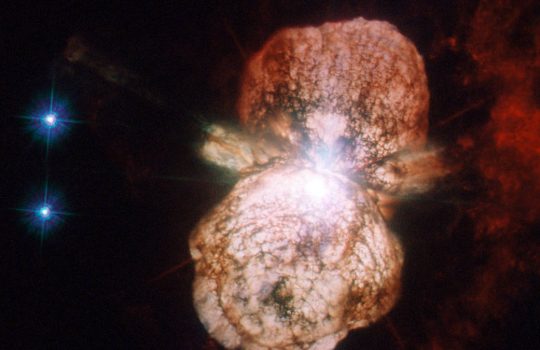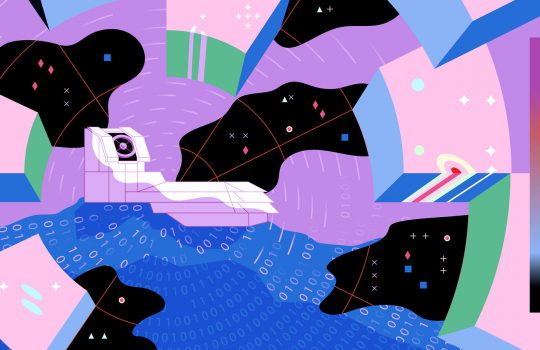Waiting for neutrinos
Particle detectors recorded neutrinos from supernova SN1987A hours before telescopes saw the first light. Thirty years later, scientists around the world are eager to detect neutrinos from another one. The international Fermilab-hosted Deep Underground Neutrino Experiment will be looking for them. These neutrinos can tell us more about supernovae themselves and may hint at new physics that could upend the Standard Model of particle physics.


